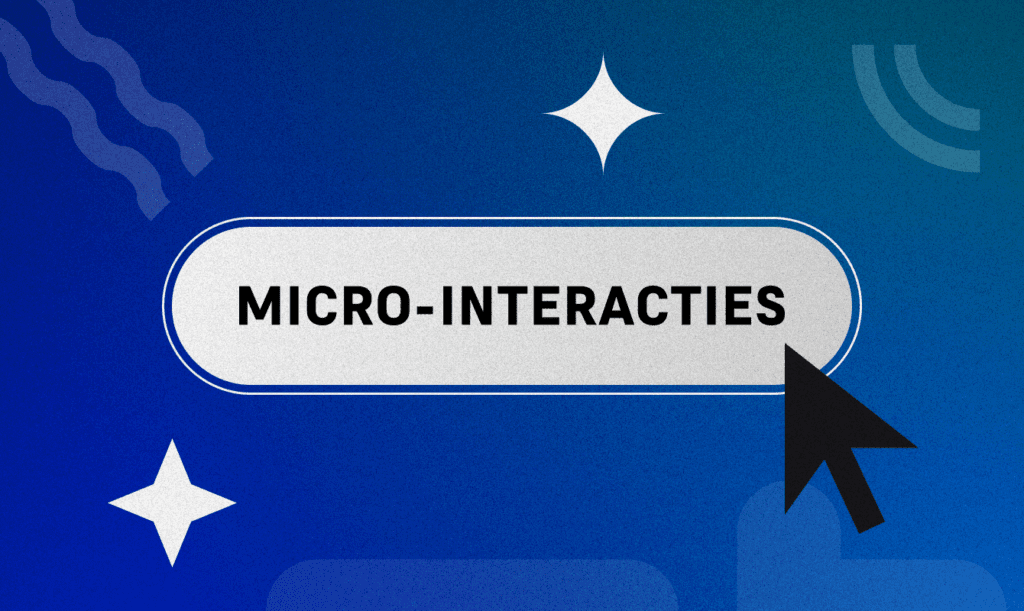
Less is more: Creating minimalist websites
In today’s fast-paced digital world, it’s becoming increasingly difficult to keep users’ attention. Attention spans are getting shorter, and as a result, websites need to communicate their value quickly and effectively. Minimalist web design is an answer to this challenge. By emphasizing simplicity and removing distractions, minimalism offers a clean, purposeful, and visually appealing experience. But what exactly does it mean to create a minimalist website that remains engaging, yet functional? Let’s explore.
Table of contents
Core Principles of Minimalist Web Design
Minimalism is about stripping a design down to its most essential elements. In web design, this means removing anything that doesn’t directly contribute to the user experience. Simplicity is key, but minimalism isn’t just about reducing the number of elements.
It’s about making conscious choices about what stays in the design and what doesn’t. This approach requires clarity, where every design element has a purpose. This translates into a clear focus on content, generous use of white space, a limited color palette, and functional typography.
White space, often mistaken for wasted space, is a crucial component of minimalism. It gives the content room to breathe and creates a sense of openness that guides the user’s eyes to the most important parts of the page. This results in a smoother, more intuitive experience, where users can quickly find what they’re looking for. The absence of clutter improves the overall user experience, reducing distractions and promoting clarity. When combined with readable, bold typography and a carefully chosen color palette, the design communicates its message with precision and purpose.
Why choose Minimalism?
The popularity of minimalist web design is not only due to its aesthetics, but also its functionality. Websites with fewer elements tend to load faster, which not only improves the user experience but also benefits SEO rankings. Faster load times often lead to higher user retention and conversion rates, especially in an age where users expect instant gratification. Additionally, minimalist design is timeless and remains visually appealing for longer, reducing the need for frequent redesigns.
However, creating a minimalist website isn’t as simple as removing content. It requires a strategic approach. Designers need to prioritize content hierarchy, with the most important information easily accessible. Visual cues like size, space, and color should guide the user to key elements, such as calls to action or key messages, without overwhelming the user. The challenge lies in finding a balance between simplicity and functionality, so that the design remains clean yet still serves the user’s needs.
Focus for Minimalism
Color is another important part of minimalist design. Rather than using a broad spectrum of colors, minimalist websites tend to stick to a limited palette. Neutral tones or monochromatic schemes dominate, with the occasional accent color to highlight interactive elements like buttons or links. This limited use of color helps the site feel cohesive and refined, while keeping the focus on the content.
Typography also plays a crucial role in minimalist web design. In the absence of decorative graphic elements or complicated design features, the font often becomes the primary visual tool. Typography should be simple and easy to read, but visually striking enough to keep the user engaged. Simple sans-serif fonts are often chosen for their modern, unobtrusive look, allowing the content to take center stage.
Common mistakes to avoid
Minimalism isn’t just about removing content; it’s about carefully choosing what to include. Avoid these common pitfalls:
- Lack of Visual Interest: While the design should be simple, it should still engage users. Use subtle animations or high-quality images to add depth and interest without overcomplicating the design.
- Oversimplification: Don’t strip away so much that the site feels incomplete or boring. There’s a fine balance between simplicity and emptiness.
- Don’t ignore user needs: Minimalist design should still be user-centric. Make sure essential features, such as navigation menus or contact forms, are still easy to find and use.
Conclusion
Minimalist web design is an excellent approach to creating sleek, user-friendly websites that prioritize both function and form. By focusing on the essentials and eliminating the unnecessary, you can create a clean, focused experience that not only looks good but performs efficiently. In a world where less is more, minimalism could be the design philosophy that sets your website apart.


